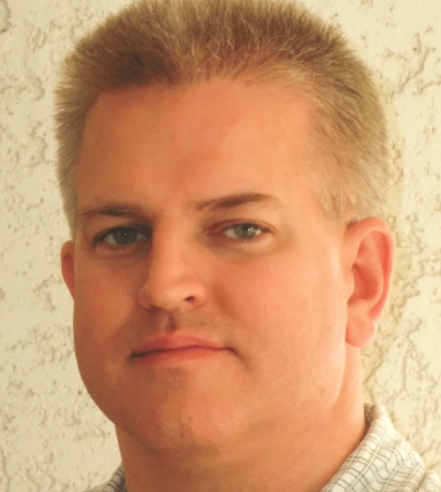DOCTOR Matt Carter was recently interviewed about his work in Chuuk. The wrecks there are famous, but they are also environmental disasters waiting to happen. Can we keep the wrecks and protect the environment? Let’s hear some of what Carter has to say, and you can read the full interview on the shearwater.com website.
“What many people know is that between 1939 and 1945, the Japanese military and the Allied powers fought an increasingly bloody war through Southeast Asia and out across the Pacific Ocean. What fewer people know is that this maritime war saw the loss of some 3800 ships which sank, taking with them their crew, cargoes, and in some cases huge volumes of toxic heavy fuel oil.
“One of the questions that Carter is asked frequently is how much oil could these ships possibly still be holding today? In 2005, a team of international experts came together to answer just that question. Searching through archives for information on these potentially polluting shipwrecks or PPW, they calculated that combined, all of the ships lost in the Asia-Pacific Region could possibly still hold anywhere between 150 million and 1.2 billion gallons of oil!
“[The Major Project Foundation or] MPF was established in 2018. After signing a memorandum of understanding with the Secretariat of the Pacific Regional Environment Program, the foundation began reviewing and prioritizing the 3,800 WWII shipwrecks sunk in the Asia-Pacific Region, resulting in a priority list of 55 PPW deemed to be the highest environmental risk. Seventeen of these wrecks are located in the world-famous diving Mecca of Chuuk Lagoon in the Federated States of Micronesia.
“One of the key tools that the foundation used for investigating the condition of the PPW in Chuuk was photogrammetry, a process where a wreck is scanned by divers taking thousands of overlapping photos which are then run through a 3D software program. The main focus of this photogrammetry work was the wreck of the Rio de Janeiro Maru, as oil leaks from the wreck were thought to have impacted nearby mangroves in 2008. Over multiple dives, the foundation surveyed and scanned the shipwreck taking 7350 photos and three hours of video. This was the first time that any of the wrecks in Chuuk Lagoon had been recorded in this way.
“The survey of the Rio de Janeiro Maru has shown what can be achieved through the combination of marine archaeology, technical diving, and photogrammetry. However, this is only the first of the 55 potentially polluting wrecks throughout the Pacific that MPF and its partners urgently need to assess in order to mitigate the impact that these ticking ecological time bombs will have on the people and marine ecosystems of the region.”
BC Cook, PhD lived on Saipan and has taught history for over 30 years. He is a director and historian at Sealark Exploration.

BC Cook











